State
Tribe Name
Art Type
short description
Ali-Ai-Ligang is, perhaps, the prime festival of the Misings, marking the beginning of the sowing season. It falls in February and consists of several rituals to invoke blessings for a good harvest. "Gumrag" dance is danced by the young boys and girls, which narrates themes of agricultural journeys and social integration. Feasts consisting of fish, pork, and Apong (rice beer) are cooked, reinforcing social relationships. The festival emphasizes the dependence of the tribe on agriculture and their rich music, dance, and traditional clothing.
Thumbnail
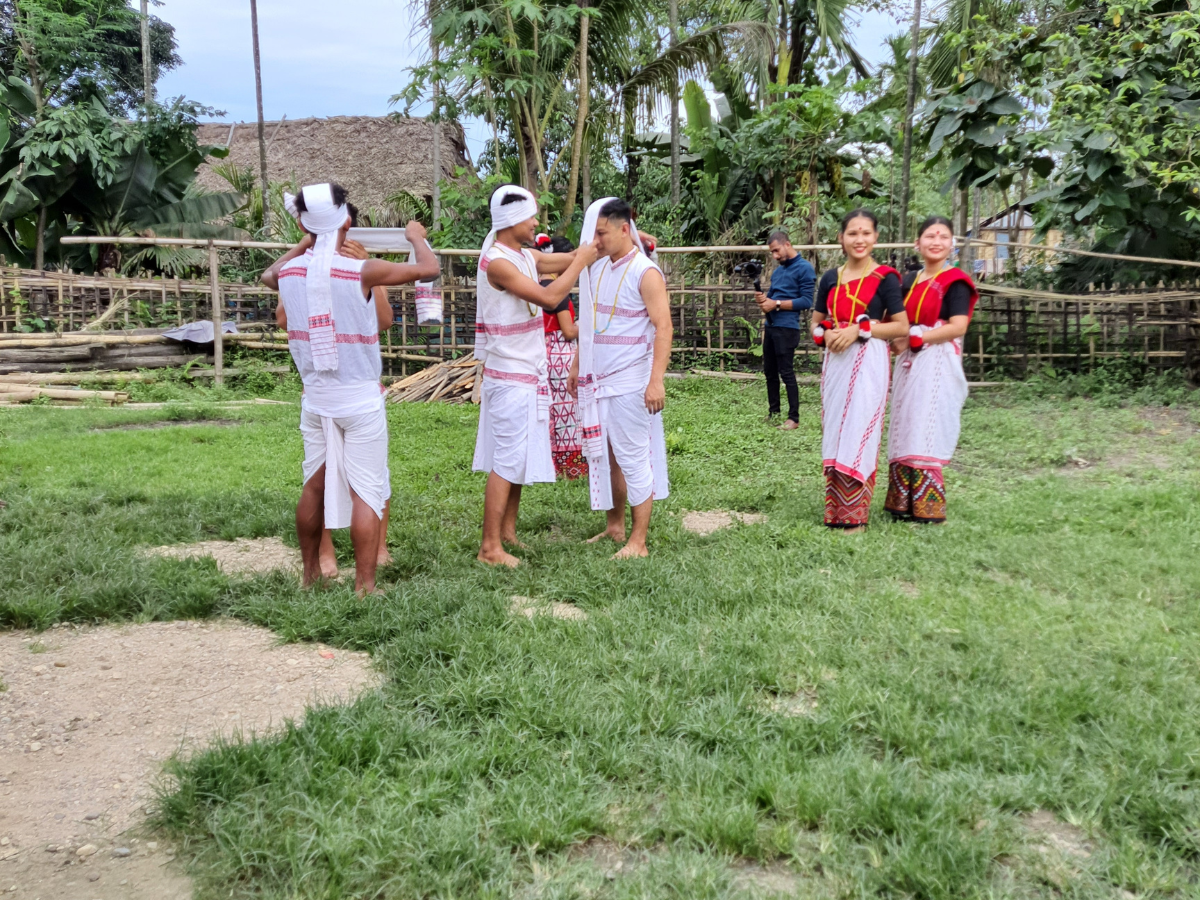
Filter Postion
Left
Filter Background
Off
Theme
Filter Header Image
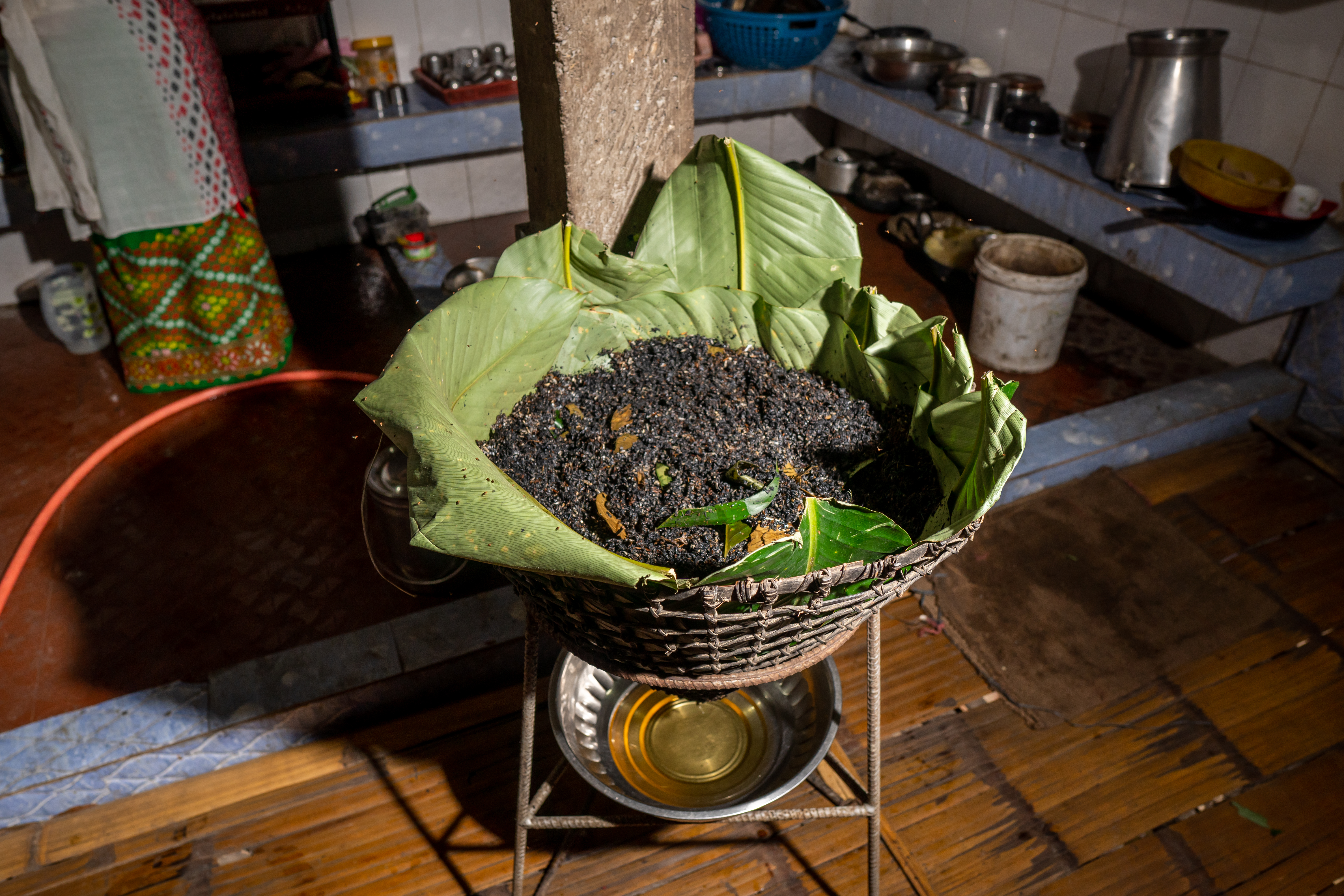
content
Image
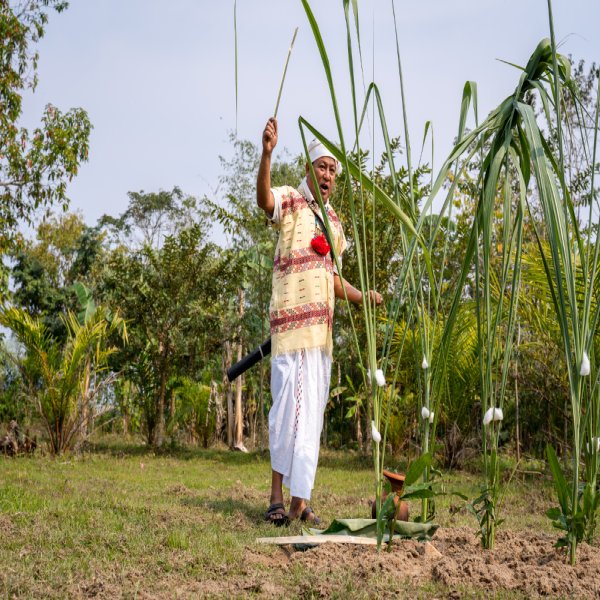
description
Po:rang is a harvest festival that is celebrated with music, dance, and communal feasting. It is a time of thanksgiving for a good harvest and is characterized by offerings to gods. The Dhol and Tal (cymbals) are traditional instruments used to accompany the celebrations. Individuals come together in the Murong to share stories and perform, affirming their cultural heritage. The celebration brings people together, enabling the community to celebrate after months of labour in the fields. It continues to be a vital component of Mising social life.
Image Mode
landscape
Image
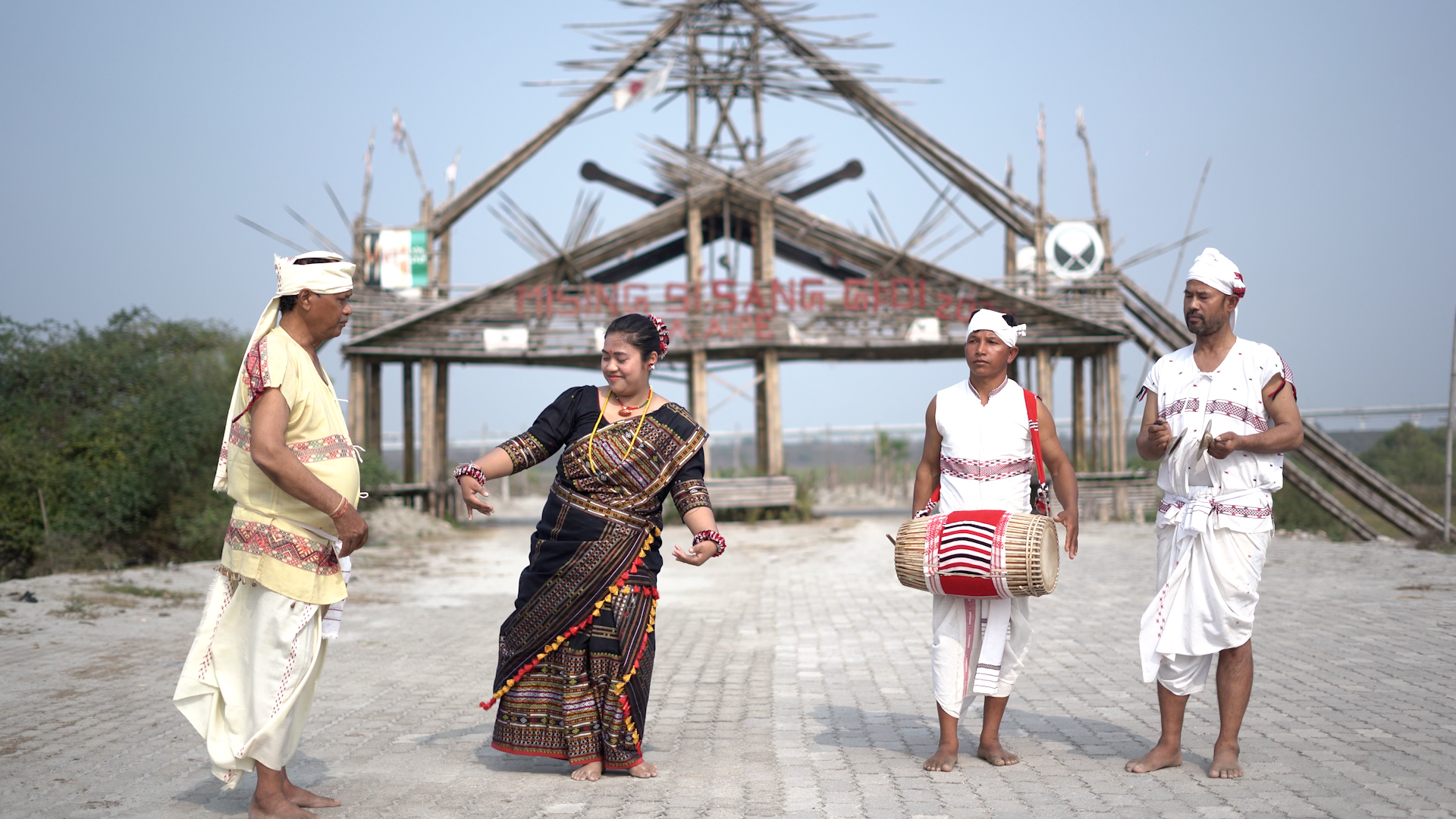
description
Ali-Aye-Ligang is, perhaps, the prime festival of the Misings, marking the beginning of the sowing season. It falls in February and consists of several rituals to invoke blessings for a good harvest. "Gumrag" dance is danced by the young boys and girls, which narrates themes of agricultural journeys and social integration. Feasts consisting of fish, pork, and Apong (rice beer) are cooked, reinforcing social relationships. The festival emphasizes the dependence of the tribe on agriculture and their rich music, dance, and traditional clothing.
Image Mode
landscape
Image

description
Apong, or rice beer, is a part of Mising tradition, made at festivals, ceremonies, and social functions. Produced from fermented rice and herbs, it tastes special and is treated as sacred. Various types, like "Nogin Apong" (black) and "Poro Apong" (white), are made in traditional methods. Apong is served to guests as a mark of hospitality and is also employed in religious ceremonies to worship ancestors. Its preparation and use remain a vital cultural practice.
Image Mode
landscape
Image
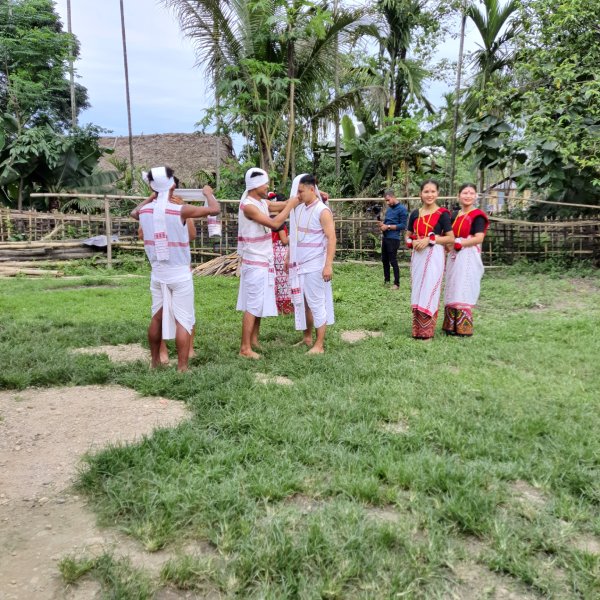
description
In the Mising community, the Mibu or shaman is engaged in healing rituals to cure any human being afflicted with an illness, to expel the spirits of evil, and to ward off misfortune. Mainly, the Mibu acts as a mediator between the human world and the divine one. The Mibu protect the community through chanting, sacrificing, and invoking. The Mibu ritual is still practiced even when outsiders pitch their religion, mixing animistic traditions with modern beliefs. The Mibu have a significant role when it comes to showing how related the Misings are spiritually with nature. At some point long before the burial or interment, a series of four rituals is conducted to behold this soul. The purification of the body takes place first, following which it is laid out upon a platform made of bamboo. Second, the rites are performed, including offerings and prayers along with Apong, to facilitate a calm passage for the spirit. The second occasion is a post-interment feast wherein community members remember and honor their death. The last occasion, some months after the dead have passed on, celebrates the departure of the spirit into the world of the ancestors. The elaborate nature of the Mising rites shows honor toward the dead and strengthens communal bonds in grieving and remembering.
Image Mode
landscape
promoted
On
Verified
On
